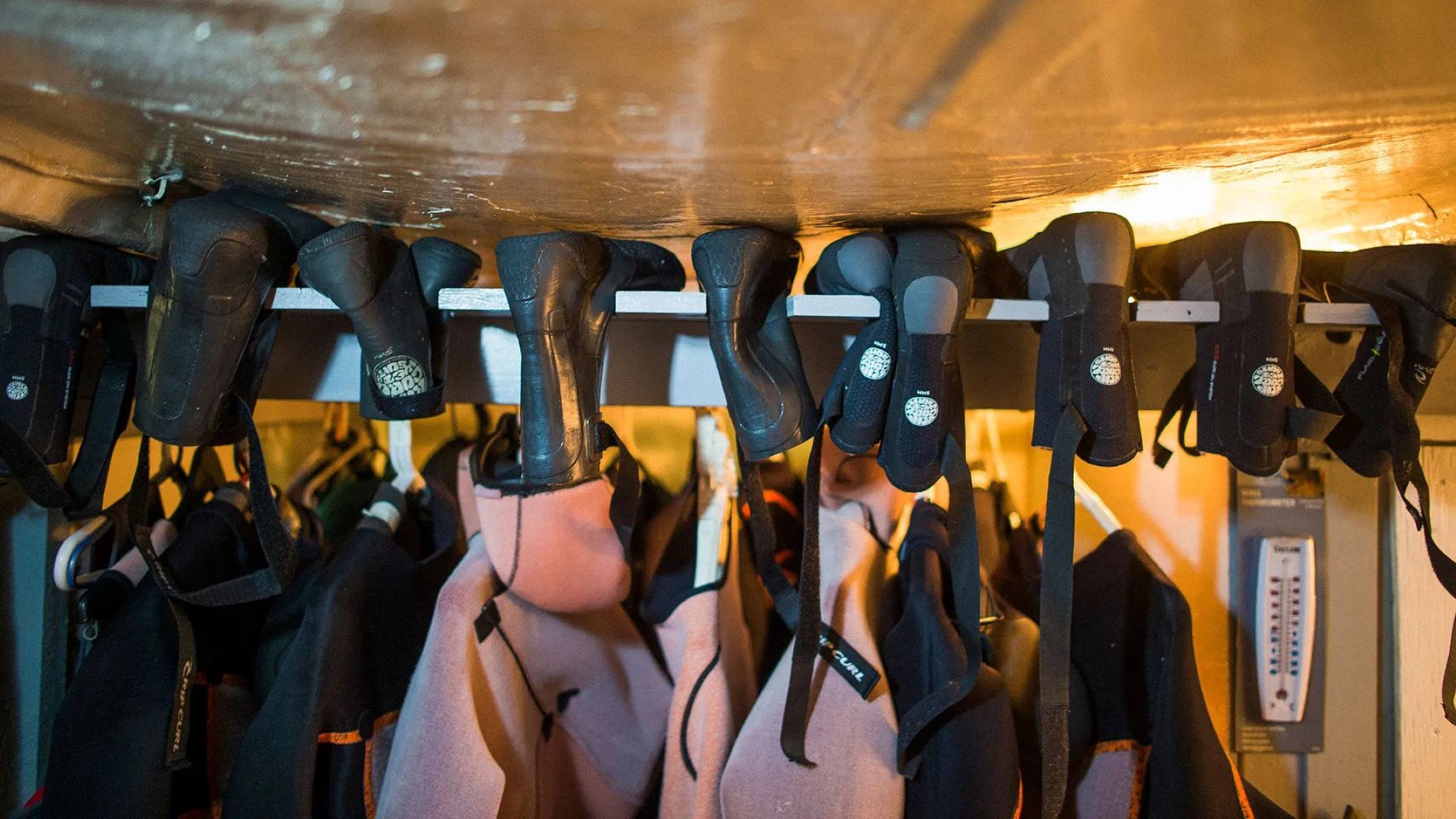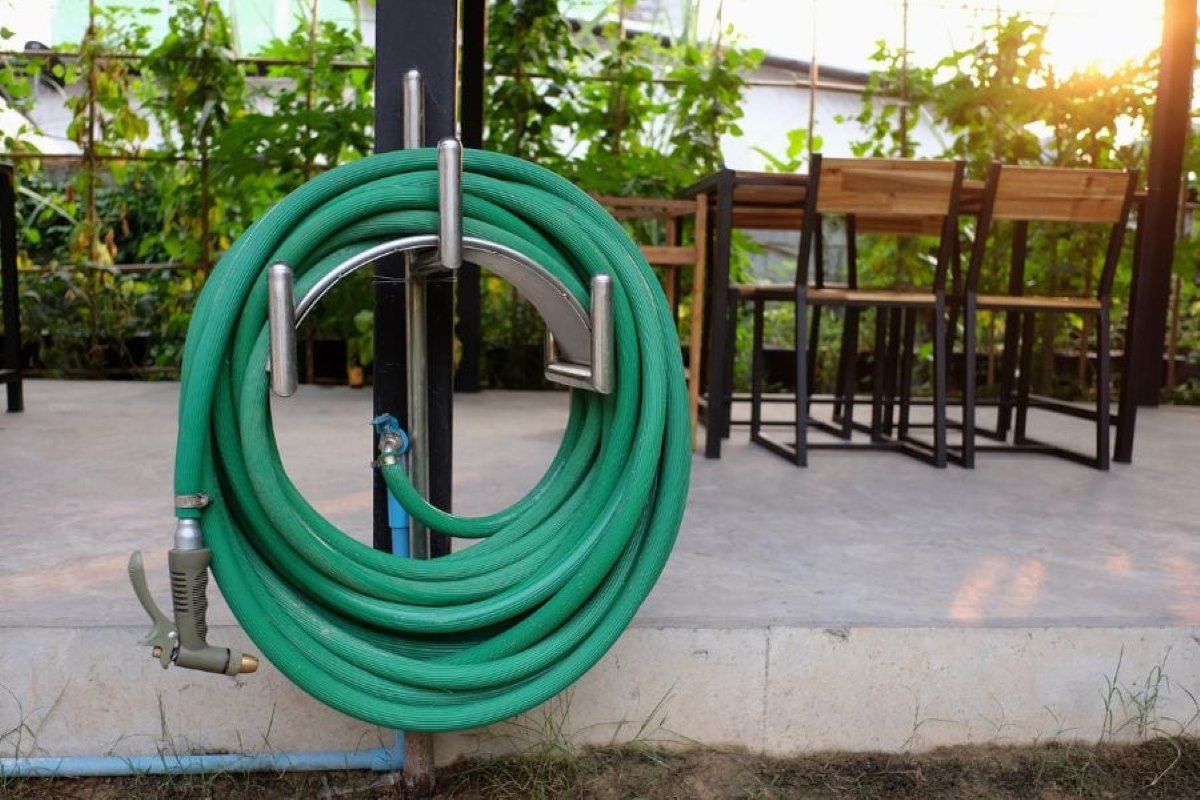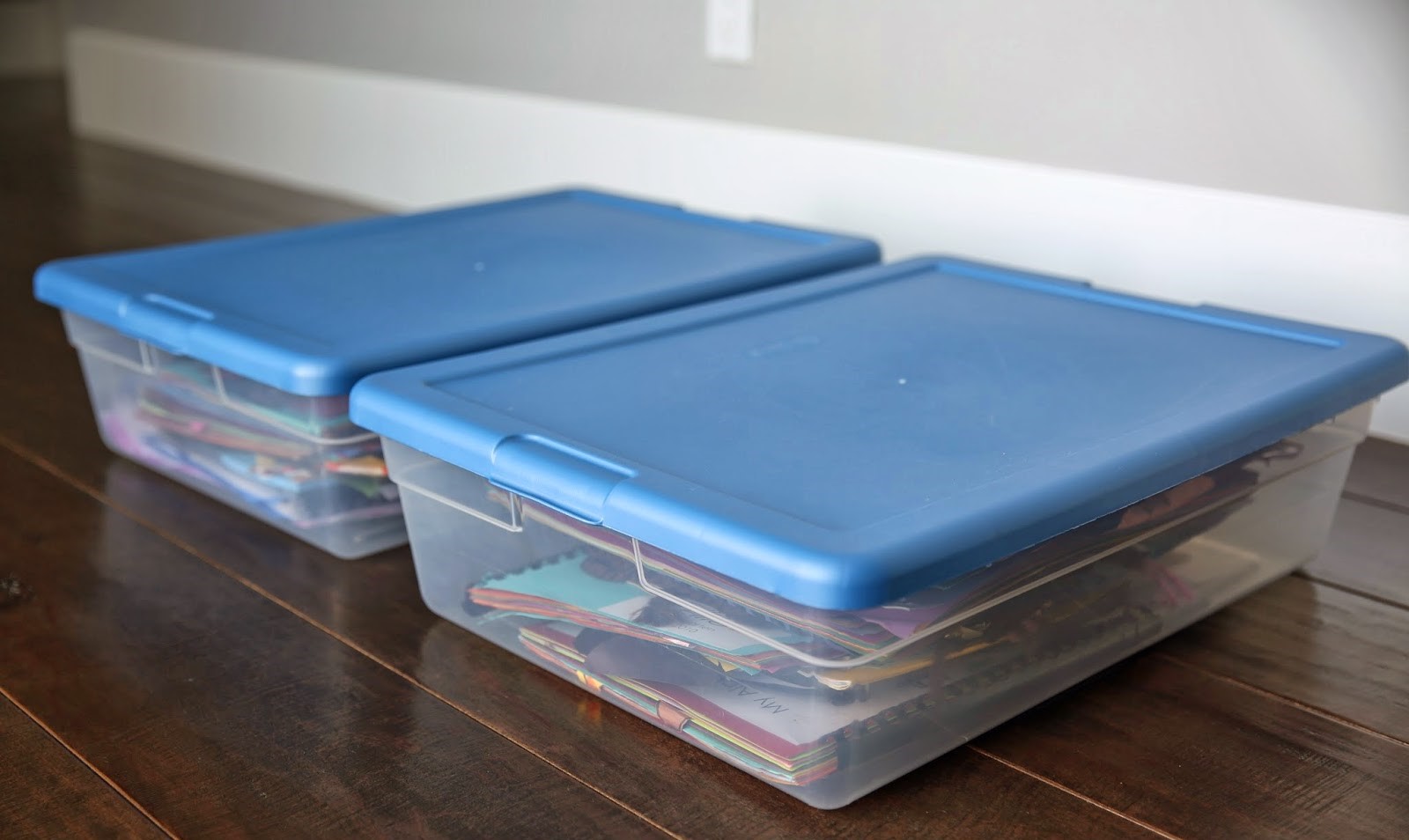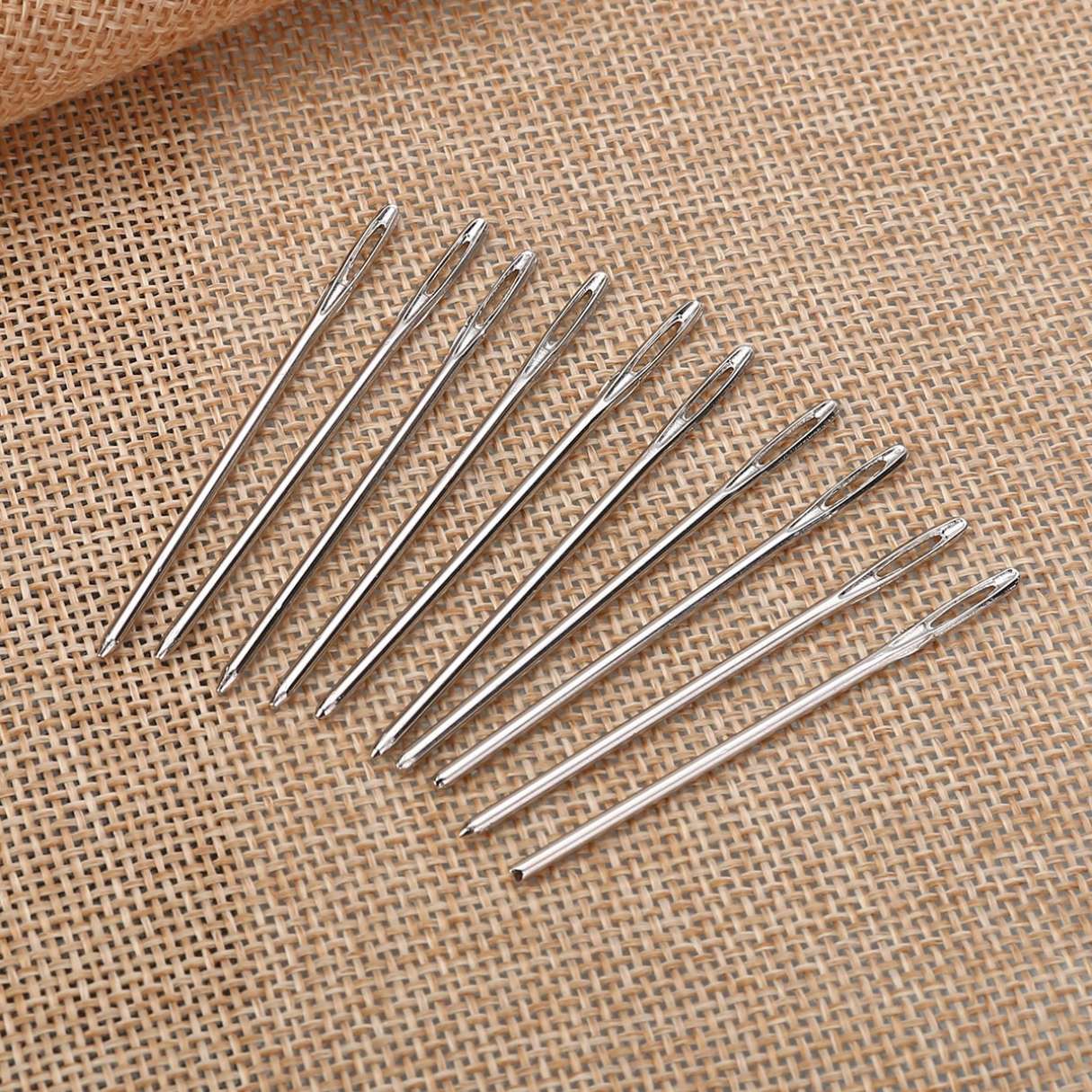

Articles
How To Store Wetsuit
Modified: March 19, 2024
Learn the best way to store your wetsuit and keep it in top condition. Read our articles for expert tips and advice on wetsuit storage.
(Many of the links in this article redirect to a specific reviewed product. Your purchase of these products through affiliate links helps to generate commission for Storables.com, at no extra cost. Learn more)
Introduction
Whether you’re a passionate surfer, diver, or water sports enthusiast, owning a wetsuit is essential for enjoying your favorite activities in the water. A good wetsuit not only keeps you warm and protected but also ensures maximum comfort and flexibility.
Once you’ve invested in a high-quality wetsuit, it’s important to properly maintain and store it to ensure its longevity. Improper storage can lead to the development of mold, mildew, and deterioration of the neoprene material, which can significantly reduce the lifespan of your wetsuit.
In this article, we will guide you through the step-by-step process of storing your wetsuit to keep it in the best possible condition. By following these simple tips, you can extend the life of your wetsuit and maintain its performance for years to come.
Key Takeaways:
- Properly storing your wetsuit is crucial for maintaining its quality and longevity. Rinse, dry, fold, and store your wetsuit in a cool, dry place to prevent damage and ensure optimal performance for many water adventures.
- Regularly check and maintain your wetsuit to address any damage and prolong its lifespan. By following simple storage and maintenance practices, you can enjoy maximum comfort and protection in the water while saving money on gear replacement.
Read more: How To Store A Wetsuit
Step 1: Rinse the Wetsuit
The first and most important step in properly storing a wetsuit is to rinse it thoroughly after each use. Saltwater, sand, and other residues can accumulate on the fabric, leading to unpleasant odors and potential damage if left untreated.
To rinse your wetsuit, fill a tub or basin with fresh water and immerse the wetsuit completely. Gently swirl it around to ensure that all areas are thoroughly rinsed. Pay close attention to the areas where dirt and saltwater tend to accumulate, such as the armpits, groin, and neckline.
It’s important to use fresh water rather than hot water, as hot water can cause the neoprene material to deteriorate over time. Avoid using any harsh detergents or chemicals as they can damage the fabric and affect the wetsuit’s performance.
Once you’ve rinsed the wetsuit thoroughly, squeeze out the excess water gently without wringing or stretching the fabric. Avoid twisting the wetsuit, as this can lead to the development of wrinkles and creases that may be difficult to remove later.
By rinsing your wetsuit after each use, you can remove saltwater, sand, and other contaminants that can cause damage or unpleasant odors. This simple step is crucial in maintaining the overall quality and performance of your wetsuit.
Step 2: Dry the Wetsuit Properly
After rinsing your wetsuit, it’s important to dry it thoroughly before storing it. Proper drying prevents the growth of mold and mildew, which can damage the neoprene material and lead to unpleasant odors.
The best way to dry your wetsuit is to hang it up in a well-ventilated area away from direct sunlight. Choose a sturdy hanger with wide shoulder support to prevent stretching or sagging of the wetsuit. Avoid hanging it on sharp or rough surfaces that can puncture or damage the fabric.
Avoid hanging your wetsuit by the shoulders or folded in half, as this can cause stress on those areas and potentially damage the seams. Instead, fold the wetsuit at the waist and hang it by the waist or use a wetsuit hanger specifically designed to evenly distribute the weight.
Ensure that the wetsuit is fully open and not bunched up when hanging it to allow proper air circulation. This helps speed up the drying process and prevents the formation of moisture pockets that can lead to mold growth.
It’s recommended to dry the wetsuit indoors rather than outdoors, as direct sunlight and excessive heat can degrade the neoprene material and lead to color fading. If you must dry it outdoors, choose a shaded area or cover it with a towel or light cloth to protect it from the sun.
Depending on the climate and humidity levels, it can take anywhere from a few hours to a day for the wetsuit to dry completely. Avoid using a clothes dryer or exposing it to direct heat sources such as heaters or radiators, as high temperatures can warp the fabric and damage the wetsuit.
By ensuring that your wetsuit is dry before storing, you can prevent the growth of mold and mildew, prolong its lifespan, and maintain its overall quality and performance.
Step 3: Fold the Wetsuit Correctly
Properly folding your wetsuit is crucial to avoid unnecessary creases and wrinkles that can affect its fit and flexibility. A neatly folded wetsuit also saves space and makes it easier to store.
To fold your wetsuit correctly:
- Lay your wetsuit flat on a clean surface, such as a towel or mat. Smooth out any wrinkles or folds in the fabric.
- Grab the bottom of the wetsuit near the waist and fold it up towards the shoulders, folding it in half.
- Tuck in the arms, one at a time, making sure they are neatly aligned with the body of the wetsuit.
- Next, fold the wetsuit in half again, bringing the bottom edge up to meet the top edge. Ensure that the zipper is on the outside and facing up.
- Smooth out any remaining wrinkles or folds, making sure the wetsuit is neatly folded and symmetrical.
When folding the wetsuit, avoid tight or sharp creases, as they can permanently damage the neoprene material. It’s also important to avoid folding the wetsuit in the same place each time, as this can cause uneven wear and weaken the fabric over time.
Consider using a wetsuit storage bag or a large sealable plastic bag to further protect the folded wetsuit from dust, moisture, and potential damage. This is especially useful if you plan to store the wetsuit for an extended period of time.
By folding your wetsuit correctly, you can maintain its shape, prevent unnecessary creases, and ensure that it takes up minimal space when stored.
Step 4: Store the Wetsuit in a Cool, Dry Place
Once you have properly rinsed, dried, and folded your wetsuit, it’s time to find the ideal storage location. Storing your wetsuit in a cool, dry place is essential for preserving its quality and prolonging its lifespan.
Avoid storing your wetsuit in areas that are prone to high humidity, such as basements or damp closets. Moisture can promote the growth of mold and mildew, which can damage the neoprene material and cause unpleasant odors.
Instead, look for a cool, well-ventilated area where the wetsuit can breathe. A closet with proper air circulation or a dedicated gear storage area is ideal. Make sure the storage space is clean and free from any sharp or abrasive objects that can snag or tear the wetsuit.
It’s also important to store the wetsuit fully stretched out to help maintain its shape. If hanging the wetsuit, make sure it is hung by the waist or using a wetsuit hanger that evenly distributes the weight. Avoid hanging it by the shoulders or folding it in half, as this can cause unnecessary stress on the material.
Alternatively, you can also lay the wetsuit flat in a storage bin or drawer. Make sure it is not folded tightly or crushed by other items, as this can lead to permanent creases and damage.
Remember to keep the wetsuit away from any direct sources of heat, including radiators, heaters, or sunlight. Excessive heat can degrade the neoprene material and impact its performance and longevity.
By storing your wetsuit in a cool, dry place, you can protect it from moisture-related issues, maintain its shape, and ensure that it is ready for your next water adventure.
Rinse your wetsuit with fresh water after each use to remove salt and sand. Hang it to dry in a shaded area, away from direct sunlight, to prevent damage to the fabric and neoprene. Avoid folding or creasing the wetsuit to maintain its shape.
Read also: 12 Amazing Wetsuit Dryer For 2024
Step 5: Avoid Sunlight and Excessive Heat
Protecting your wetsuit from direct sunlight and excessive heat is crucial for maintaining its quality and extending its lifespan. Sunlight and high temperatures can cause the neoprene material to deteriorate, leading to color fading, cracking, and reduced flexibility.
When storing your wetsuit, make sure it is away from windows or any areas where it may be exposed to direct sunlight. Prolonged exposure to ultraviolet (UV) rays can weaken the fabric and degrade its performance over time.
Additionally, avoid storing your wetsuit in places with high temperatures, such as attics, cars, or storage areas without proper insulation. Extreme heat can warp the neoprene material and affect its ability to provide insulation and flexibility.
If you need to transport or temporarily store your wetsuit in a hot environment, such as a car during summer months, consider using a heat-reflective bag or wrapping it in a light-colored towel to minimize direct heat absorption. This provides an extra layer of protection against excessive temperatures.
It’s important to note that even during outdoor activities, such as surfing or beach days, it’s advisable to limit the amount of time your wetsuit is exposed to direct sunlight. Shade structures or covering the wetsuit with a towel can help protect it from prolonged sun exposure.
By avoiding sunlight and excessive heat, you can preserve the quality and performance of your wetsuit for many seasons of water adventures.
Step 6: Use a Wetsuit Hanger or Storage Bag
To further protect your wetsuit during storage, it’s recommended to use a wetsuit hanger or a storage bag specifically designed for wetsuits. These accessories offer added convenience and help maintain the shape and condition of your wetsuit.
A wetsuit hanger is designed to evenly distribute the weight of the wetsuit, preventing stress points and unnecessary stretching. Look for a hanger with wide shoulder support and a sturdy construction. Hang the wetsuit by the waist to avoid putting strain on the shoulders and keep it properly stretched out.
If you choose to use a storage bag, opt for one made of breathable material, such as mesh or neoprene. The bag allows air circulation and helps prevent the growth of mold or mildew. Make sure the bag is large enough to fully accommodate the wetsuit without excessive folding or squeezing.
Before storing the wetsuit in a bag or on a hanger, ensure that it is completely dry. Any residual moisture can lead to unpleasant odors and potentially damage the material over time.
Both wetsuit hangers and storage bags help protect your wetsuit from dust, debris, and potential damage caused by friction with other items. They also make it easier to locate and retrieve your wetsuit when you are ready for your next water adventure.
Remember to regularly inspect and clean your wetsuit hanger or storage bag to prevent any accumulation of dirt or debris that could transfer onto your wetsuit. Clean them as per the manufacturer’s instructions to maintain their functionality.
By using a wetsuit hanger or storage bag, you can ensure the proper care and protection of your wetsuit during storage, contributing to its longevity and optimal performance.
Step 7: Regularly Check and Maintain the Wetsuit
Regularly checking and maintaining your wetsuit is essential for keeping it in top condition and ensuring its long-term durability. By following a few simple tips, you can extend the lifespan of your wetsuit and ensure that it continues to deliver optimal performance.
Here are some key maintenance practices:
- Inspect the wetsuit before and after each use: Check for any signs of damage such as tears, holes, or worn-out seams. Address any issues promptly to prevent further damage.
- Repair minor damage: If you notice small tears or punctures in your wetsuit, consider using a wetsuit repair patch or adhesive neoprene to fix them. Follow the manufacturer’s instructions and allow sufficient time for the repair to dry before using the wetsuit again.
- Thoroughly clean the wetsuit: Besides rinsing, periodically clean your wetsuit with a mild wetsuit cleaner. Follow the instructions on the cleaner and gently hand wash the wetsuit. Avoid using harsh chemicals or bleach, as they can damage the material.
- Avoid contact with sharp objects: Take precautions to prevent your wetsuit from coming into contact with sharp objects such as rocks, coral, or surfboard fins. These can puncture or tear the neoprene and compromise the integrity of the wetsuit.
- Properly store any accessories: If you have additional wetsuit accessories such as booties, gloves, or hoods, make sure to rinse, dry, and store them separately from the wetsuit. This prevents any trapped moisture or residue from transferring onto the wetsuit.
- Consider rotating between multiple wetsuits: If you frequently engage in water activities, it may be beneficial to rotate between multiple wetsuits. This allows each wetsuit to fully dry and recover its elasticity between uses, minimizing wear and tear.
By regularly inspecting, repairing, and maintaining your wetsuit, you can prolong its lifespan and ensure that it remains in optimal condition for your future water adventures.
Conclusion
Properly storing your wetsuit is essential for maintaining its quality, performance, and longevity. By following the steps outlined in this guide, you can ensure that your wetsuit remains in optimal condition for many seasons of water adventures.
Remember to rinse your wetsuit after each use to remove saltwater, sand, and other contaminants. Dry the wetsuit thoroughly by hanging it in a well-ventilated area away from direct sunlight and excessive heat. Ensure that you fold the wetsuit correctly, avoiding tight creases and wrinkles.
Store the wetsuit in a cool, dry place, away from sunlight and high humidity. Consider using a wetsuit hanger or storage bag to protect it from dust and potential damage. Regularly check and maintain the wetsuit, inspecting for any signs of damage and addressing them promptly.
Remember, a well-maintained wetsuit not only ensures maximum comfort and protection in the water but also saves you money by prolonging the lifespan of your gear. By investing a little time and effort into proper wetsuit storage, you can enjoy your favorite water activities to the fullest while preserving the performance and quality of your wetsuit.
So, the next time you go out for a surf session or a dive, make sure to properly store your wetsuit using these tips. Your wetsuit will thank you with many more thrilling and enjoyable adventures in the water!
Frequently Asked Questions about How To Store Wetsuit
Was this page helpful?
At Storables.com, we guarantee accurate and reliable information. Our content, validated by Expert Board Contributors, is crafted following stringent Editorial Policies. We're committed to providing you with well-researched, expert-backed insights for all your informational needs.















0 thoughts on “How To Store Wetsuit”